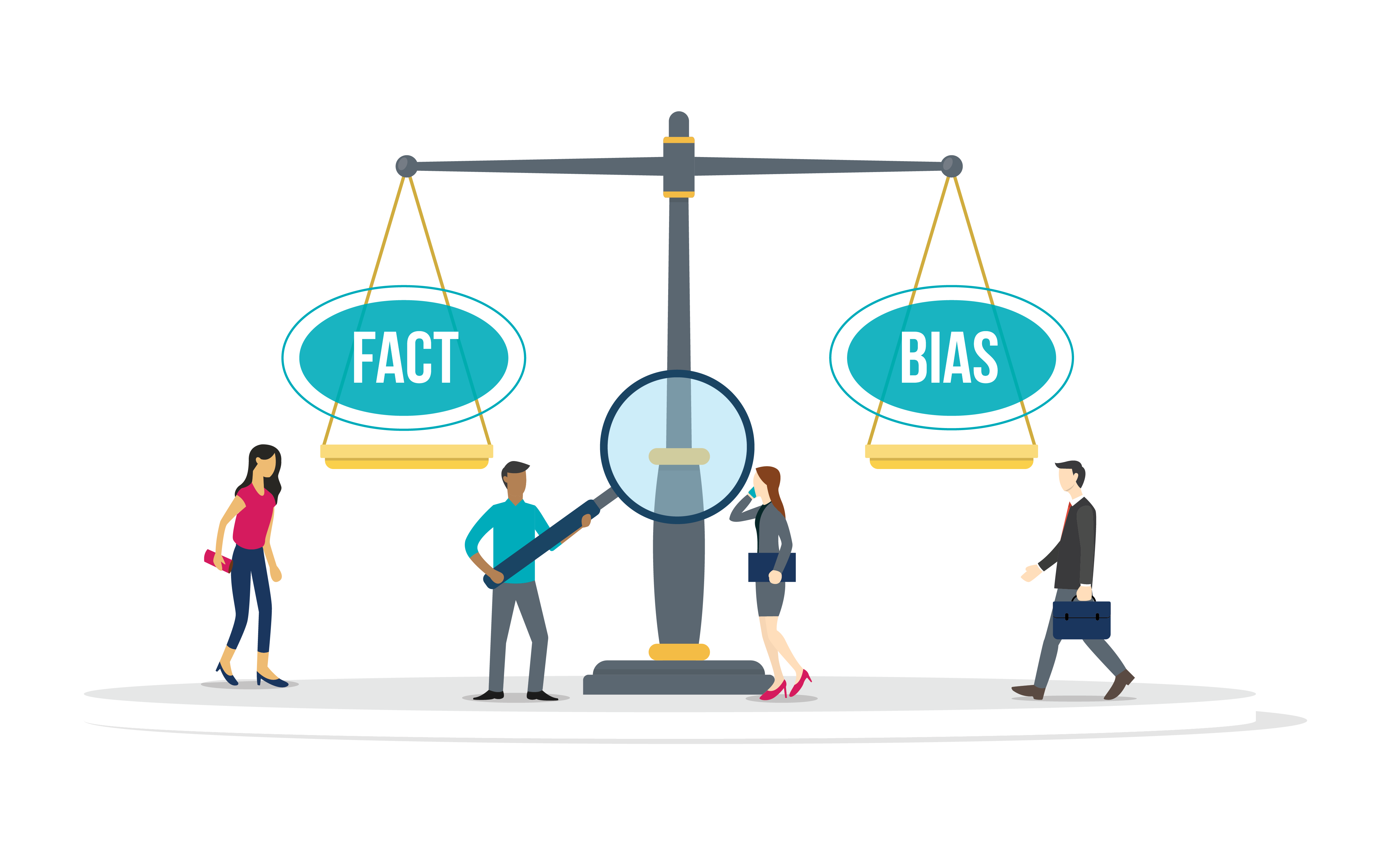Ensuring a well-rounded, diverse student body in K-12 admissions is crucial for fostering a school community that mirrors the broader society. Yet, recent Supreme Court rulings regarding affirmative action in university admissions may also have implications for K-12 schools. In this article, we dive into how the rulings could impact K-12 schools and how schools can take proactive steps to recognize and address signs of bias in the admissions process to ensure a diverse community.
The Supreme Court Rulings and Potential Impacts for K-12
In June 2023, the Supreme Court ended affirmative action in higher education admissions. This decision prohibits universities from using race as a factor in admissions. Though the rulings only targeted higher education admissions, K-12 administrators anticipate ripple effects in the future. For one, it could affect K-12 diversity plans, which could potentially include:
- Using race as a positive factor in admissions, including awarding points to students from historically disadvantaged racial backgrounds.
- Dedicating a certain percentage of seats to students of various racial backgrounds.
- The acceptance of admissions essays that discuss how students’ experience with diversity or racial makeup contributes to the school community.
- Revisiting data collection policies to avoid accusations of discrimination.
Another potential implication is that it could limit the diversity of K-12 teachers. Monika Williams Shealey, board chair of the American Association of Colleges for Teacher Education, shared that “without affirmative action, more selective and smaller educator prepetition programs will become less accessible.”
Here are resources to continue reading about the impact of the Supreme Court rulings:
- K-12 Dive: Race-conscious Admissions Ruling Puts Pressure on K-12
- Education Week: What is Affirmative Action? How a Supreme Court Decision Could Impact K-12 Schools
- NAIS Legal and Legislative Resources
As administrators keep the rulings top of mind and monitor the latest developments, one proactive step that can be taken is addressing bias in their current admissions process. By examining how bias plays a role, administrators can ensure they are fair, transparent, and inclusive, making it easier for students from diverse backgrounds to access quality education.

What Does Bias in Private and Independent School Admissions Look Like?
All of us make our first impression of someone within seconds. Perceived trustworthiness, personality, and general capabilities are ascertained faster than the average YouTube ad!
Bias in admissions is something that cannot go unchecked. According to the Oxford Dictionary, bias is the “tendency to favor or dislike a person or thing—especially as a result of a preconceived opinion.” Bias is often unconsciously shaped by unfair media depictions and limited interactions with groups that are different than our own. Biases distort how we view other races, genders, and sexualities; they inform our viewpoint to the extent that we all tend to lean into the groups we already identify with.
Addressing and mitigating bias is crucial to fostering an equitable and inclusive school environment where all students can succeed.
How Does Bias Affect Students?
A child who experiences mistreatment in a single interaction carries the effects of that experience beyond the immediate moment. These moments can significantly influence their self-esteem, aspirations, and overall sense of self. It’s essential to recognize that discipline methods not properly aligned with a child’s needs can have lasting negative consequences—even if they are not immediately apparent. It is crucial to reevaluate and intentionally improve such discipline practices.
Additionally, schools must evaluate processes by looking at a complete historical perspective to identify unacceptable past behavior and work to correct it. Failing to do so harms the individuals involved and disproportionately impacts marginalized groups.
In today’s society, many families are becoming more aware of these realities and are asking challenging questions. They are forming initial impressions quickly. Schools that aim to be forward-thinking and actively work to eliminate bias in their processes and learning environments will thrive. To do this, they must seek out tools and strategies to help achieve these goals from the beginning of a student’s journey with their school.

Types of Bias Affecting School Admissions
All types of bias can result in the unfair denial of opportunities to qualified students and perpetuate systemic educational inequalities. Take a look at these common forms of bias and examples.
Groupthink
Groupthink occurs when the desire for harmony within the group overrides fair decision-making. Every one of us gravitates toward cooperation. So, when one of your fellow reviewers makes a statement that leans into implicit bias, it can be hard to disagree or call it out. That groupthink mentality—if we all agree and move along without friction, even when something is wrong—will not benefit your team or school in the long run.
Halo Effect
A student’s perfect test score or another shining experience can unfairly influence the rest of your interactions with that student and family. This can lead to disproportionately admitting students based on a narrow scope and unfairly rejecting students who don’t fit that scope.
Confirmation Bias
Confirmation bias is when individuals favor information that supports their existing views while ignoring or dismissing information that contradicts them. Subconsciously performing confirmation bias is easy to do in admissions. Suppose you are interviewing someone you know your colleague liked or who you had a great conversation with at an open house. In that case, you’re inclined to overlook any reservations you might typically have.
Ingroup Bias
This bias can influence admissions and perpetuate generational patterns. Ingroup bias is when someone is favored automatically because they belong to a particular group that the other person also belongs to. For example, staff may be more likely to admit students whose parents are alumni of the same university they went to.
Stereotyping
Perpetuating stereotypes could be considered the most apparent form of bias. Stereotyping means making assumptions and acting on them solely based on how you group someone by race, gender, religion, or socioeconomic status. For example, a school may assume that students from low-income families are less motivated, leading to unequal opportunities or resources provided to them compared to their more affluent peers.
Recency Bias
This phenomenon occurs when we favor recent interactions as part of the decision-making process. In K-12 admissions, recency bias may arise when the admissions team places a disproportionate emphasis on the outcomes of the last one or two admission cycles while neglecting the longer-term historical data.

Strategies to Reduce Admissions Bias
Here are five strategies to reduce bias in your admissions process.
1. Create Standardized Processes
First, establish clear, consistent admissions criteria that are available to staff and families. Ensure all requirements comply with legal regulations relating to equal opportunity. Part of the criteria may include standardized interview questions, application reviews, and assessments to ensure the same starting evaluation for everyone.
Then, equip staff with training about not only the standardized criteria but also how to recognize and eliminate bias when using the criteria during the admissions process. Examples of how each type of bias can show up are beneficial. Provide steps they can take if they suspect bias during the admissions process, and outline any repercussions.
2. Enlist a Diverse Set of Interviewers
Each member of your admissions team is a unique person who will connect with and perceive everyone differently. Make sure to have multiple interviewers to reduce bias and preferential treatment and ensure everyone has a diverse set of strengths and dominant personality traits.
3. Conduct Blind Reviews
Limiting the view of names, zip codes, and more identifying information can help reduce bias. And, when your team takes notes in your admissions system, hide them from other reviewers so everyone’s opinions are as independent as possible.
4. Use Technology to Manage Admissions
The right technology allows staff to move students along in the decision process, not get in the way. Schools can use trusted admissions software to implement standardized processes and fair reviews. For example, by automating aspects of application evaluation, schools can anonymize applicant data. Additionally, admissions software can employ standardized criteria and data-driven algorithms to assess applicants objectively. This technology empowers K-12 staff to make more equitable decisions by offering a transparent and systematic approach to admissions.
5. Schedule Ongoing Evaluations
By consistently assessing admission criteria and procedures, schools can adapt to changing circumstances and evolving standards, ensuring the process remains fair and effective. This ongoing evaluation also involves examining data to detect any patterns of bias in admissions decisions. In an effort to be transparent and remain committed to reducing bias, schools may consider publishing their data and progress publicly.
The Bottom Line
Ensuring a diverse and equitable student body will remain a top priority for K-12 administrators. In addition to monitoring the latest news and legal decisions, administrators can take a proactive approach to reduce bias, enhance transparency, and work toward a more inclusive educational environment for all students. This commitment to fairness not only benefits students and families but also contributes to the long-term success and reputation of the school.
To continue learning about this topic, join education experts David Lazo and Stephanie Fernandez for a discussion about how K-12 schools can adapt in the era of Supreme Court changes.




